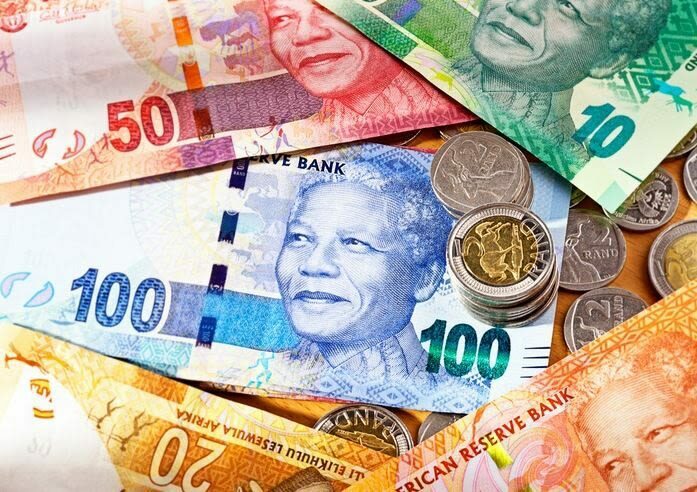The latest data released by Statistics South Africa shows a significant increase in the cost of living, particularly impacting the country’s most economically vulnerable populations.
The report highlights a widening gap between inflation rates for the wealthiest and poorest households since July 2022, primarily driven by skyrocketing prices of essential food items.
This troubling trend places an even greater burden on the already strained finances of the poorest households, exacerbating their economic struggles.
“The headline rate was 6.8% in April 2023. The poorest households experienced the highest inflation rate – in the 12 months to April, the cost of living for the poorest households increased by 11.3%.
“The rate was 7.8% for households in decile five and 6.2% for the wealthiest households,” shows the report, noting that the vulnerability of poorer households is significantly influenced by their spending habits.
A notable finding is that the poorest households allocate approximately half of their annual budgets towards food and non-alcoholic beverages, whereas those with higher expenditures only allocate 11% of their annual budget to these items.
As a result, any rise in food prices disproportionately affects the financial wellbeing of the poorest households, intensifying their economic hardships.
The wealthiest households allocate the majority of their expenditures to transportation, followed by miscellaneous goods and services, including insurance. Consequently, the increasing cost of fuel has a more pronounced impact on this affluent group.
The report also highlights the regional disparities in expenditure patterns across the country.
In Limpopo, households allocate a substantial portion, about one-fourth of their budgets, to food and non-alcoholic beverages, underscoring the significance of this expense in the province.
The data shows that the Northern Cape faces high transportation costs due to vast distances, making it the most substantial spending category for households in that province.
In Gauteng, housing and utilities account for R26 out of every R100 of household expenditure, reflecting the importance of these costs in the province.
“Geography matters. Households in Limpopo spend a fourth of their budgets on food and NAB [non-alcoholic beverages], while the vast distances across Northern Cape have made transport the biggest spending item in that province. In Gauteng, R26 of every R100 of household expenditure goes to housing and utilities.
“Free State and Mpumalanga recorded the highest annual inflation rates in April 2023, followed by KwaZulu-Natal and Eastern Cape.
“In fact, Free State has recorded the highest rate since September 2022. The predominantly urban provinces of Western Cape and Gauteng recorded the lowest rates in April 2023,” according to the report.
In addition to the general population, the report reveals that pensioners are also facing a higher cost of living compared with the headline inflation rate.
Statistics SA said that since July 2022, the annual inflation rate for pensioners has exceeded the general inflation rate.
In the 12 months leading up to April 2023, pensioners experienced a 7.5% increase in their cost of living, surpassing the 6.8% rate observed for general inflation.
Follow @SundayWorldZA on Twitter and @sundayworldza on Instagram, or like our Facebook Page, Sunday World, by clicking here for the latest breaking news in South Africa.




